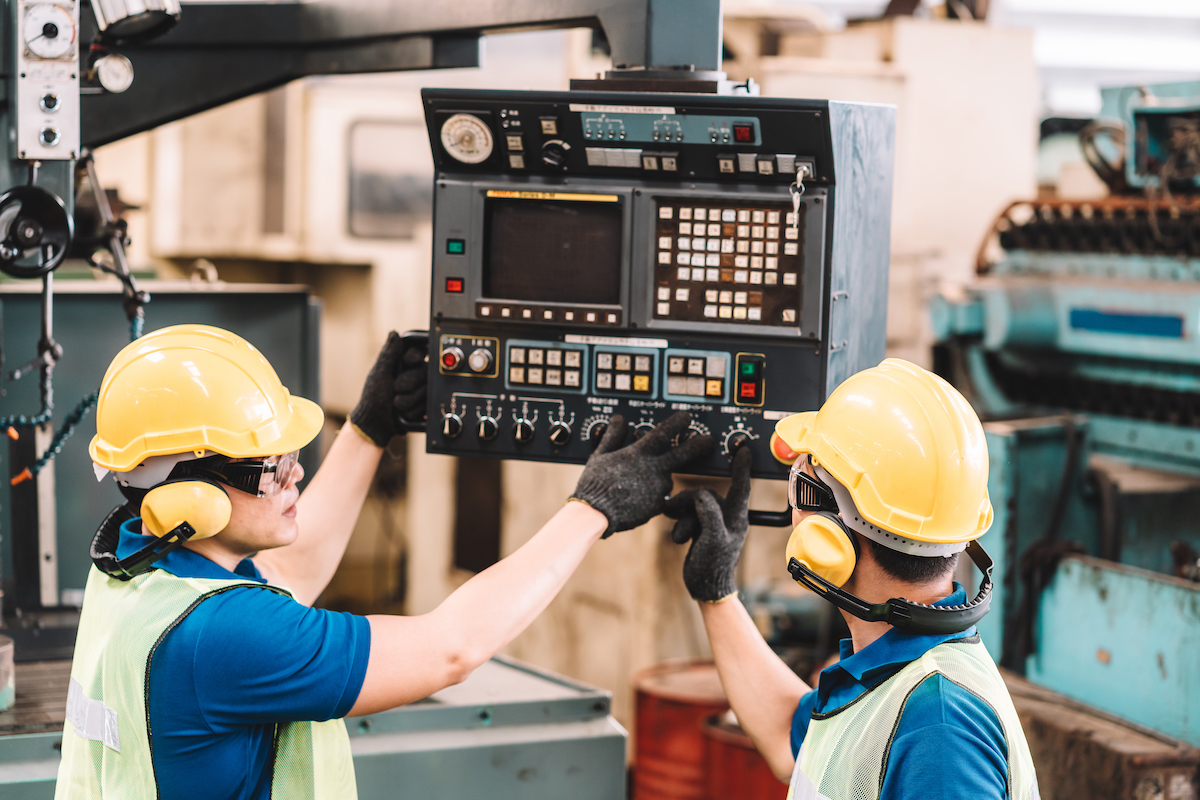Smart Manufacturing: Performing a Manufacturing Analysis | SPONSORED
Manufacturing managers maximize the tools they have at their disposal by understanding their shop’s capacity.
What is Manufacturing Analytics?
Manufacturing analysis is critical for companies to drive efficient production and capture the highest profitability by better use of space, materials, labor, and optimized equipment performance. A capacity analysis can be an excellent solution for auditing a manufacturing plant and diagnosing if there is hidden capacity waiting to be unlocked.
Smart Manufacturing: Measuring Capacity
The goal of every manufacturer is to run its operations at full capacity. But what is manufacturing capacity? The short answer is that manufacturing capacity represents the state in which all equipment and resources within a company are utilized at the highest operation rate for the product mix and volume their industry requires. This means that all processes from operations to maintenance are optimized with a set amount of resources and that no unnecessary downtime is incurred. When this condition is reached, the equipment has reached full capacity.
More about The actual cost of downtime in the manufacturing industry
How to Perform a Manufacturing Capacity Analysis
Companies that perform a manufacturing capacity analysis can reduce downtime and waste. They can also mine the data to optimize processes and streamline workflows. Doing so can help them understand what the existing constraints are and make real-time decisions to solve problems as they happen. As data support these solutions, managers can drive improvement throughout the operation and increase capacity without additional investment in equipment or labor. For companies looking to improve their manufacturing capacity, here are the steps required to unlock existing capacity:
Benchmark Data of Manufacturing Analysis
Benchmarking includes determining existing capacity. Machine speed, quality losses, downtime by categories – such as breakdowns, changeovers, and performance losses – must all be measured to determine the current capacity. And in many cases, that number is shocking. Several best practices can be used to create a solid and practical framework for benchmarking:
Internal Meetings
An internal kickoff meeting helps set expectations and ensures that everyone is on the same page. By bringing the right team together, everyone will know what the utilization goal should be.
Data analysis in manufacturing
There are times when the current data reported says little about the actual status of the machine. It may be incorrectly recording the status, or it may be part count, downtime, or some other parameter. Making sure the data analysis in manufacturing is true will help in analyzing what needs to be done.
Evaluating Data
This is where original assumptions are compared with actual current utilization. It represents a new launch point on what improvements can be made.
Planning
By creating an improvement plan, managers can pull together the pieces of original expectations, the actual data-driven state of capacity, and what improvements can be made.
More about Top Use Cases for Manufacturing Analytics
Read the full post from Machine Metrics for the additional steps to measure manufacturing capacity.
About the Author
 This article was written by Bill Bither. Bill is an experienced software entrepreneur, and the founder of Atalasoft, an enterprise software company that sold to Kofax (now Lexmark). Prior to Atalasoft he worked in aerospace manufacturing.
This article was written by Bill Bither. Bill is an experienced software entrepreneur, and the founder of Atalasoft, an enterprise software company that sold to Kofax (now Lexmark). Prior to Atalasoft he worked in aerospace manufacturing.
Learn more about how manufacturers can benefit from IIoT initiatives at IIoT World’s Digital Manufacturing Day on December 8, 2021. The first 500 tickets are free, so register today.




